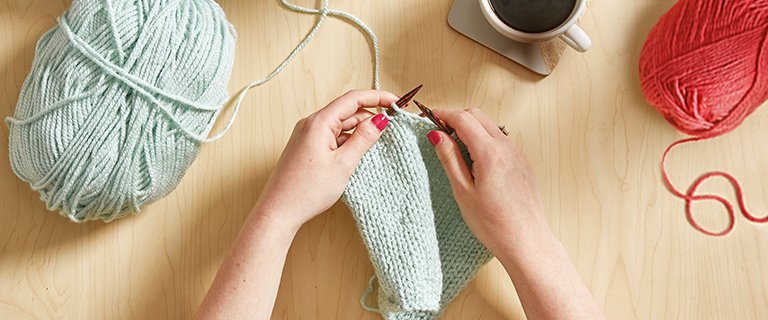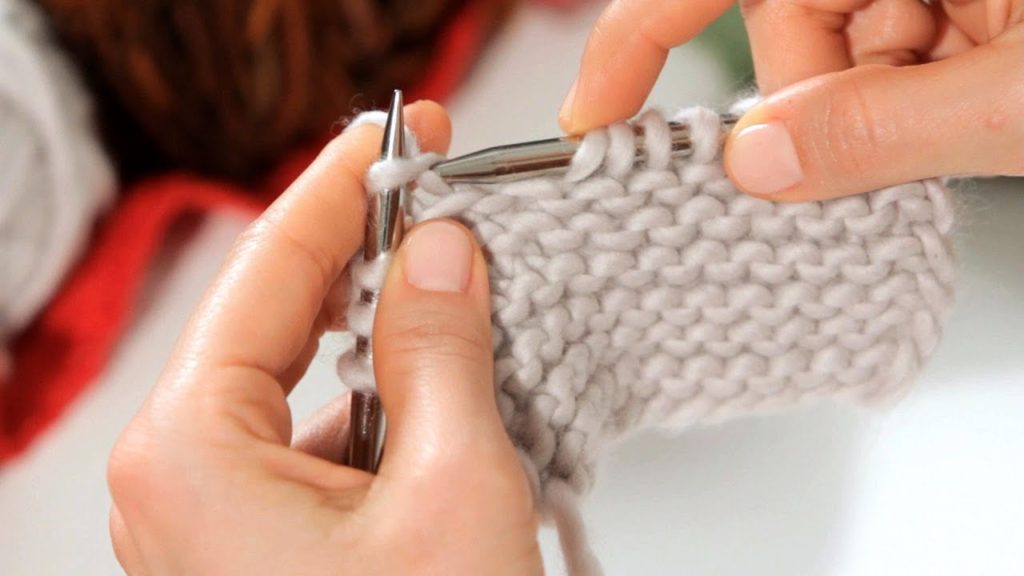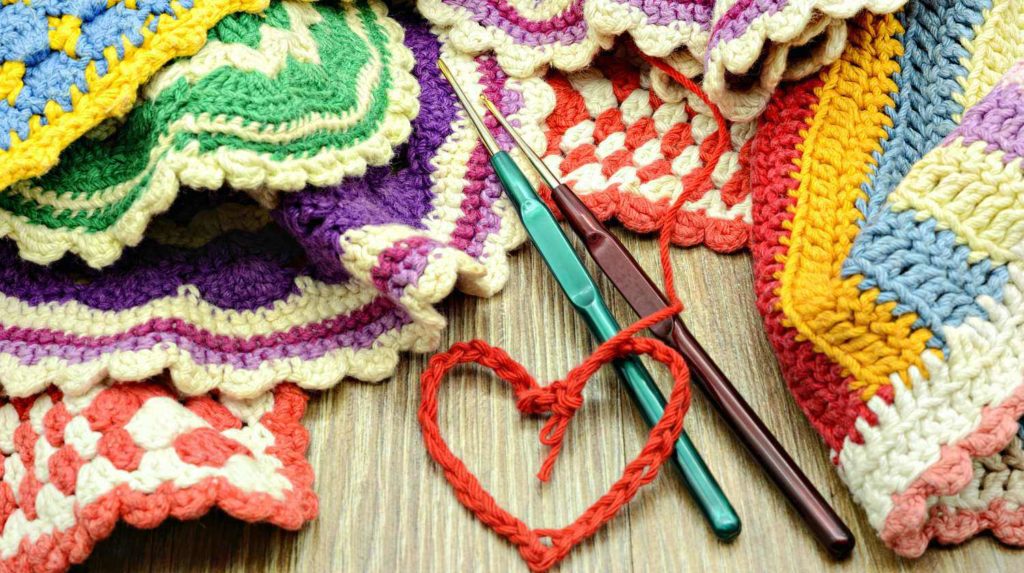Back to: CULTURAL AND CREATIVE ARTS JSS3
Welcome to class!
In today’s class, we will be talking about the art of embroidery, knitting and crocheting. Enjoy the class!
The Art of Embroidery, Knitting and Crocheting

Embroidery is the art or craft of fabric or cloth decoration with stitched designs comprising a needle, thread, sketched decoration patterns and other materials like metal strip, pearls, beads, quills and other relevant ornaments. The origin and development of embroidery were borne out of the process of tailoring, patching and reinforcing clothes which inspired decorative possibilities and skills of stitching and pattern making. Embroidery is stitched traditionally by hand and contemporarily using computerized and freehand embroidery machines. Traditional hand embroidery is often used for the decoration of caps, hats, stockings, blankets, coats, dresses, traditional attires, handkerchiefs and beddings.
The basic techniques of hand embroidery
- Chain stitch
- Buttonhole stitch
- Running stitch
- Satin stitch
- Stem stitch
- Cross stitch
- Split stitch
- French knots
- Feather stitch
- Seed stitch
Tools and materials for embroidery
- Needle
- Picker
- Scissors
- Thimble
- Thread (yarn)
- Fabric
Uses of embroidery
- To make logos or brand shirts, jerseys, clothing through monograms.
- To cover a permanent stain on a piece of fabric or cloth.
- To write names on shirts, jerseys, clothing.
- To embellish religious and royal items.
- To create decorative designs on fabrics.
- To trim a fabric.
- To patch a tear on a piece of fabric.
Knitting:

This is the art and craft of interlocking loops of one or more threads or yarns either by hand with 2 long knitting needles or by machines to create textile or fabric. It is the process by which yarns are manipulated in multiple loops referred to as stitches in patterns of line or tube. A knitting needle in the case of hand knitting is used to form the base with series of twisted loops of thread or yarn, then a second knitting needle is cast on to reach in and out through each loop in consecutive order to pull a length back through the loop.
Stitches in knitting
Knitted fabrics consist of consecutive loops called stitches. As each role progresses, a new loop or stitch is pulled through an existing loop or stitch. The active stitches are held on a needle until another loop can be passed through them. A process through which a fabric or garment becomes the product . in domestic or hand knitting, there are 2 basic types of stitches used and they include knit (or plain) and purl (wrong). These 2 basic stitches are identical but are rendered in an observed and reserved pattern of the same stitch.
Knitting tools and materials
- Knitting needles of varied sizes based on their diameter. These needles are made of different materials like metals, wood, bamboo and plastic.
- Sewing yarn or darning needles
- Knit kit
- Tape rule
- Yarn
- Crochet hook
- Scissors
Crocheting:

This is a skilful craft of creating fabrics by interlocking loops of thread or yarn using a crochet hook. It is needlework consisting of interlocked looped stitches formed out of a single thread or yarn by a hooked needle. The crochet hook is made in different sizes, with a variety of materials ranging from bones, plastic, wood, steel, aluminium, bamboo. Thread or yarn for crochet comes in balls of different colours, weight, length, fibre contents and dye lot. The label or yarn band also gives the washing instructions and adequate needle size to work with, with the yarn. The yarn band is an important part essential in the case where addition ball or skein of threads need to be purchased, it ensures that the entire thread or yarn for a project is gotten from a uniform dye lot.
Basic tools and materials for crocheting
- Balls or skeins of threads or yarns
- Crochet hooks of different sizes
- Plastic rings
- Role counter
- Cardboard
- Scissors
- Needle
- Tape rule
Basic crochet stitches
- Chain stitch
- Slip stitch
- Triple crochet
- Double triple crochet
- Single crochet
- Half double crochet
- Popcorn of five double crochet
- Back post double crochet
- Front post single crochet
- Picot
In our next class, we will be talking about the Evolution of Nigerian Art. We hope you enjoyed the class.
Should you have any further question, feel free to ask in the comment section below and trust us to respond as soon as possible.

Cool